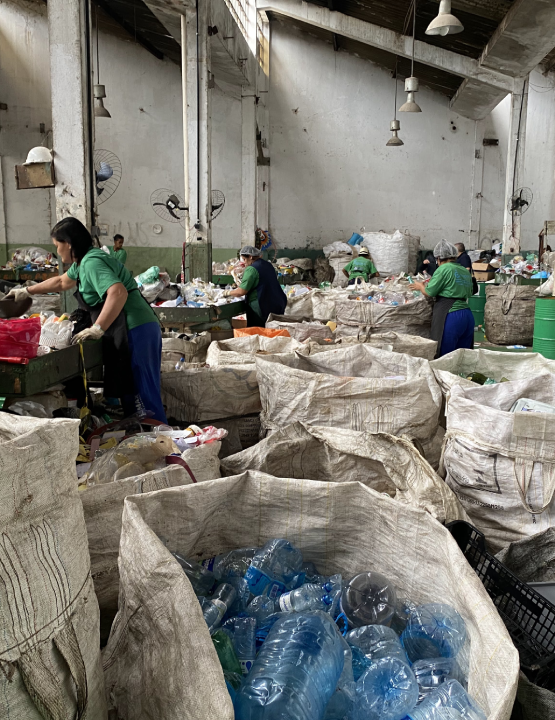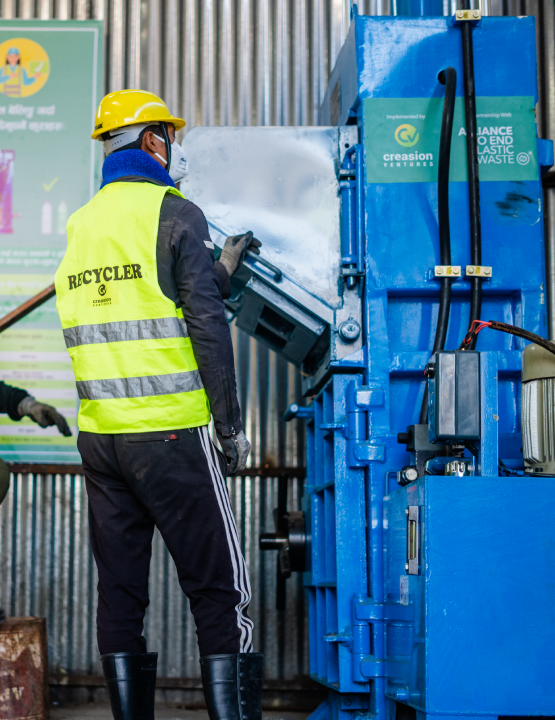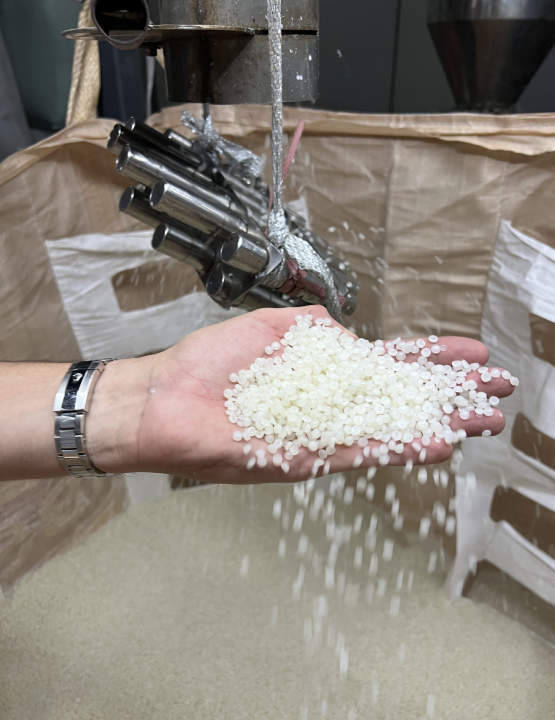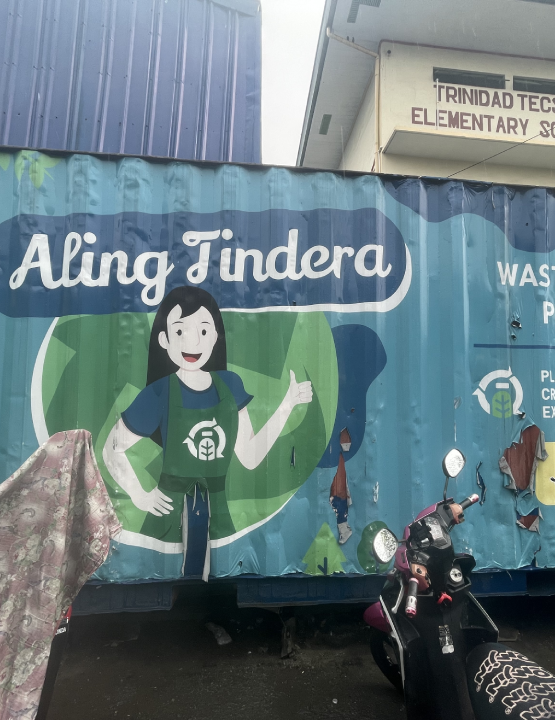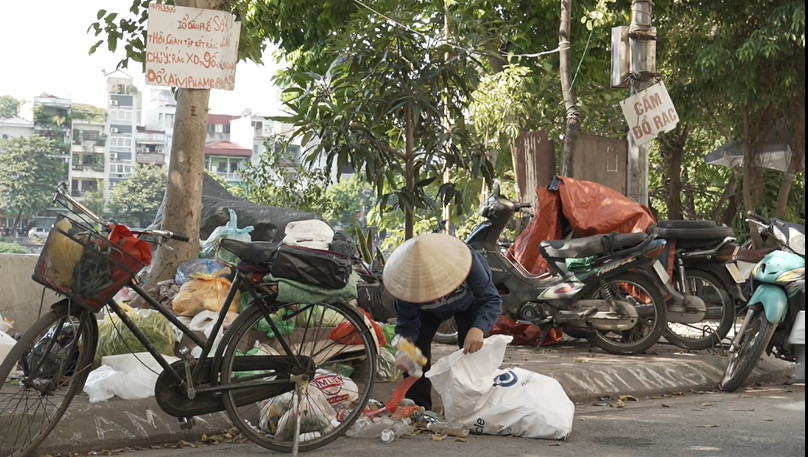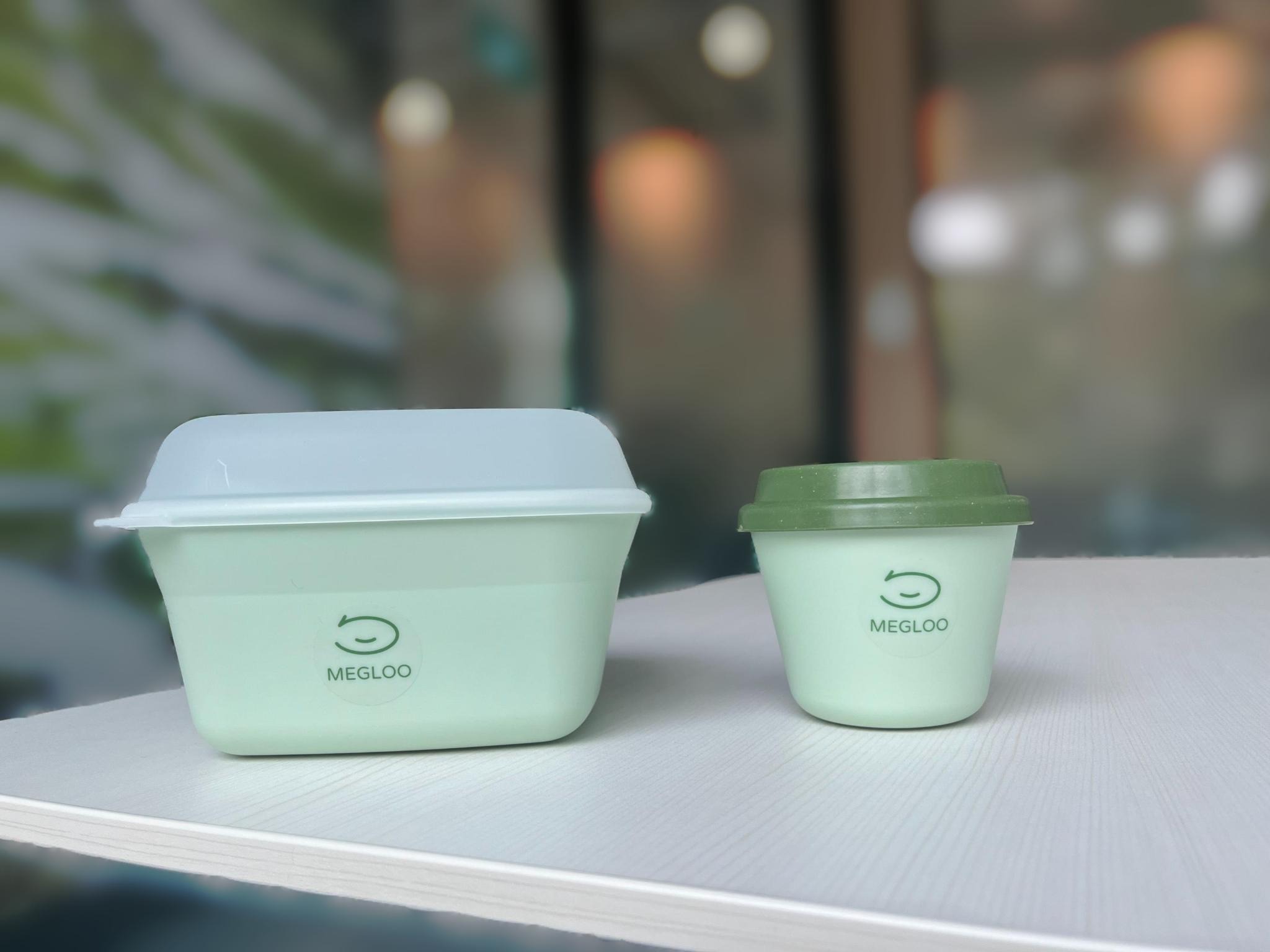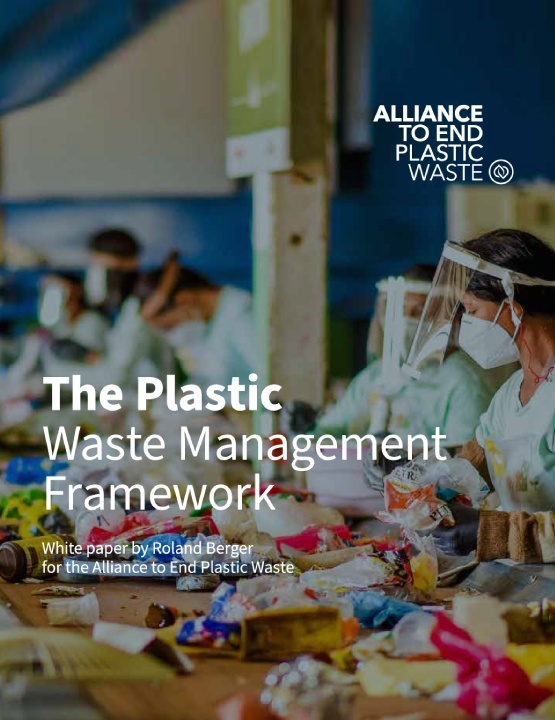From using plastic waste to fuel jet planes, to encouraging recycling by giving residents free rides—find out how these cities are increasing transport efficiency and ending plastic waste at the same time.

These cities are powering transport on land, sea, and sky with plastic waste

Overview
In the US alone, the average passenger vehicle releases over 6 kilograms of carbon dioxide every 10km. Meanwhile, the world produces between 60 to 99 billion tons of plastic waste every year.
What if we could find a way to improve the sustainability of transport and reclaim the value of our waste at the same time? Researchers, governments, and tech companies are taking up the challenge with a range of innovations in plastic-powered mobility. Here are a few:
1. Plastics for mass transit
Using public transport is a boon for the environment. Road vehicles are responsible for nearly three quarters of transport gas emissions. By encouraging drivers to use public transport—where many people share one bus or train—we could see a reduction in vehicles on the road, and a reduction in greenhouse gas emissions.
How does this tie into plastics? Some cities are implementing schemes that encourage recycling and let commuters save on transport costs. In Rome, returning thirty plastic bottles to recycling machines earns you a hundred minutes of free travel on the city’s transport network. In Surabaya, Indonesia, it’s five plastic bottles for a two-hour bus ride, and each bus collects up to 7.5 tons of plastic every month.
2. Recycling plastics into roads
Most paved roads are made of asphalt, which is usually made with bitumen, a crude oil. By using recycled plastics, some cities are showing how we could cut down our use of crude oil and help end plastic waste.
This idea waspioneered in India with the first road laid in Chennai. It has since spread around the world, from Accra, Ghana, to London, UK. Shredded plastic waste is scattered onto crushed stones and other aggregates, before being subjected to 170 degree heat, melting and coating the aggregate. Bitumen is still added on top, but much less is used than in traditional asphalt, and one Dutch innovation in plastic roads uses no bitumen at all.
The plastic roads of India are reported to be better quality than their asphalt counterparts and the Indian government is so pleased with savings on road upkeep, they have made plastic roads mandatory in major cities. Importantly, they provide an opportunity to use huge amounts of waste plastic: a $280,000 plastic road scheme in the UK’s Lake District used the equivalent of 500,000 plastic bottles in waste.
3. Reusing plane plastic is improving sustainability in the air
From machinery parts, to plane seats, plastic is ubiquitous in air travel and airlines dispose of an estimated 9,000 tons of plastic waste every year.
But changes are happening in the aviation industry: major airlines, including Emirates, SAS, and Qantas, have introduced on board recycling, and they aren’t stopping there.
Heathrow is one of London’s busiest airports, hosting over 80,000,000 passengers every year, all of whom generate waste. Around 50% of airport and flight plastic is currently recycled, but the airport is planning on improving those rates with some new technological innovations.
With funding from the Heathrow Sustainable Innovation Prize, the airport is partnering with Sheffield University to trial a new recycling unit that will turn waste plastics into constituent oils, which in turn could be made into crew uniforms and plane seats. They estimate that between 5 and 8 kg of plastics oil will be produced for every 10 kg of waste handled each hour.
Some companies are even designing chemical recycling solutions to let plastic waste fuel jet planes. Clean Planet Energy is one such innovator. They aim to turn 1,000,000 tons of hard-to-recycle plastic waste into jet fuel each year, with the first of 6 planned recycling facilities opening in 2021.
4. Power from plastics for riding the waves
Turning plastic waste into fuel is not just limited to the skies. This fuel is now being harnessed by one of the giants of transport: cargo ships. Dutch company, IGE Solutions, with the help of a grant from the Dutch government, set up a facility in the port of Amsterdam in 2018 to create diesel fuel for cargo ships using hard-to-recycle plastic. The company’s goal is to turn 33,000 tons of plastic waste into 35,000,000 litres of fuel each year.
As with any new technology, there are still some challenges to address with using plastic waste to power our transportation, and more investment of time and money is needed to build the necessary infrastructure to realise these solutions at scale. But, if these challenges can be addressed as the technology develops, we could move closer to creating a world that embraces circularity, reclaiming the value of our plastic waste and putting it to use in our roads, cars, ships, and planes.

